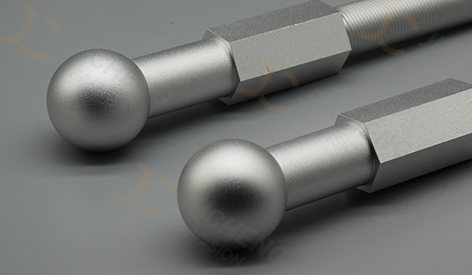ㆍPrivacy: We respect your privacy. Here you can find an example of a non-disclosure agreement. By submitting this form, you agree to our terms & conditions and privacy policy.
Views: 2 Author: Site Editor Publish Time: 2023-11-27 Origin: Site








What are the difficulties in processing aluminum alloy prototypes with CNC machines?

Machining aluminum alloy prototypes with CNC machine tools can bring certain challenges. Some of the difficulties encountered in this process include:
Material hardness: The hardness of aluminum alloys varies, and some are challenging for machines due to their hardness. Harder alloys can lead to increased tool wear and slower machining.
Chip control: Correct chip removal is crucial in CNC machining. Aluminum alloys can produce long, fine chips, which can lead to chip removal problems, resulting in tool clogging and reduced processing efficiency.
Tool wear: Machining aluminum alloys results in faster tool wear compared to softer materials. Choosing the right cutting tool and cutting speed to minimize tool wear and maintain accuracy is crucial.
Heat generation: Aluminum alloy will generate heat during processing, especially at high speed or feed. Overheating can affect tool life, surface finish and the overall integrity of the machined part.
Surface finish: Achieving a smooth surface finish on aluminum prototypes is challenging. Factors such as tool selection, cutting speed and feed speed need to be carefully considered to prevent problems such as tool marks or surface roughness.
Workpiece stability: Aluminum prototypes may experience vibration or deflection during processing, affecting dimensional accuracy. Proper work-holding solutions and machine stability are essential to minimize these issues.
Material adhesion: Aluminum alloys can stick to the tool, resulting in accumulation edge (BUE) on the tool surface. This can result in poor surface finish and affect the cutting performance of the tool.
Alloy variability: Different aluminum alloys have different properties, and processing challenges are correspondingly different. The mechanic needs to be familiar with the specific alloy being machined and adjust the machining parameters accordingly.
To solve these difficulties, mechanics often optimize cutting parameters, use the right cutting tools, adopt effective cooling strategies, and select the right workpiece holding solutions to improve the overall CNC machining process of aluminum prototypes.

